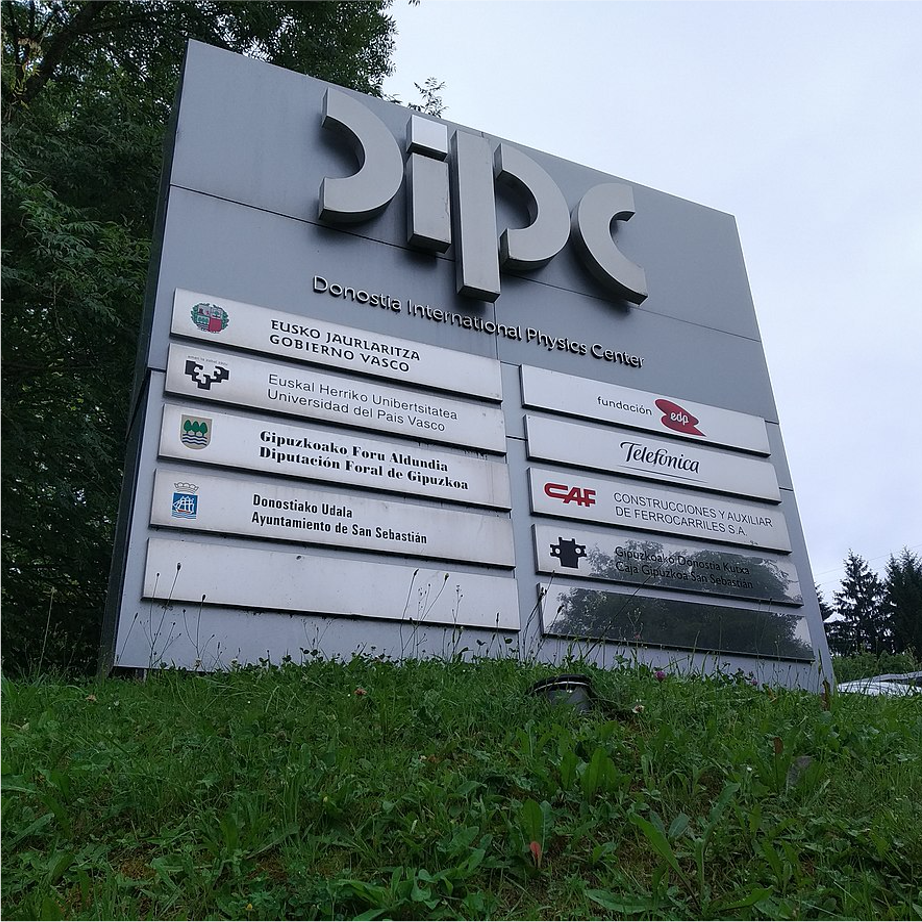Triplet-triplet annihilation (TTA) is a special case of photon up-conversion, which has attracted much interest due to its possible application to renewable energy and in biological fields. Concretely, the up-conversion of infrared solar photons to visible light is a promising route to boost the current efficiency of photovoltaic cells and photocatalytic hydrogen production from water. Although typical compounds for TTA have been traditionally able to up-convert solar photons from the visible wavelength range, the efficient conversion of near infrared (NIR) photons has not been achieved, representing a very strong limitation for the use of TTA in solar cells. Furthermore, the details of the microscopic mechanism are not fully understood.
Objectives
We aim to understand the nature of the states directly and indirectly involved in TTA, the nature of the electronic couplings between two triplet states allowing TTA, the role of conformational molecular arrangements in the process efficiency, and the role of charge transfer states between chromophoric moieties.




